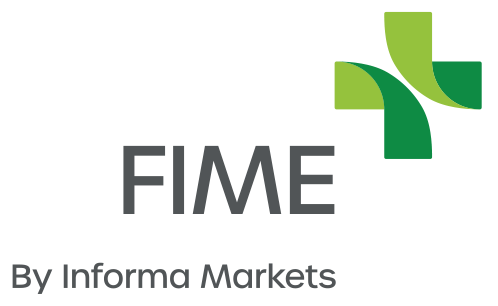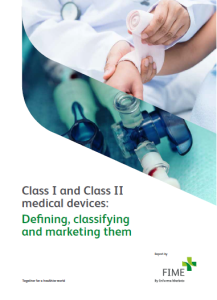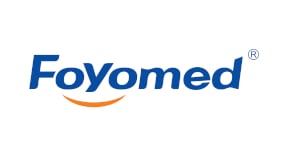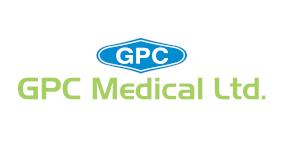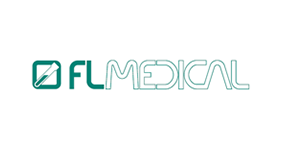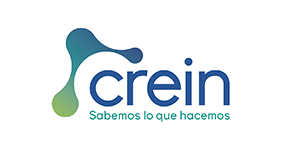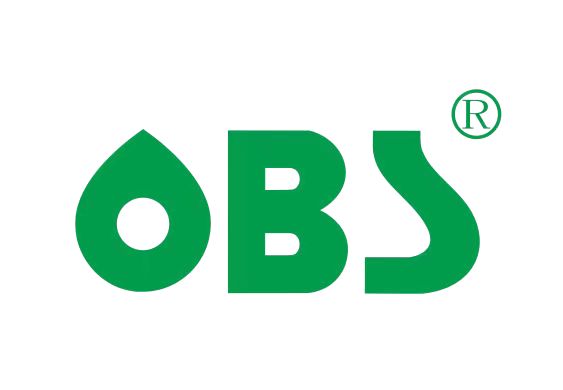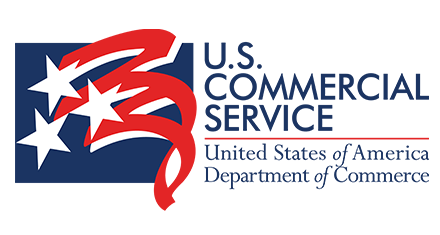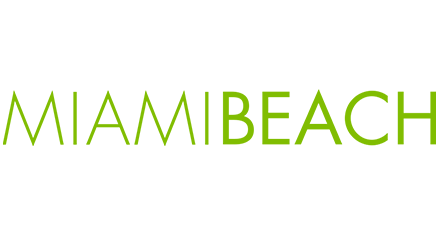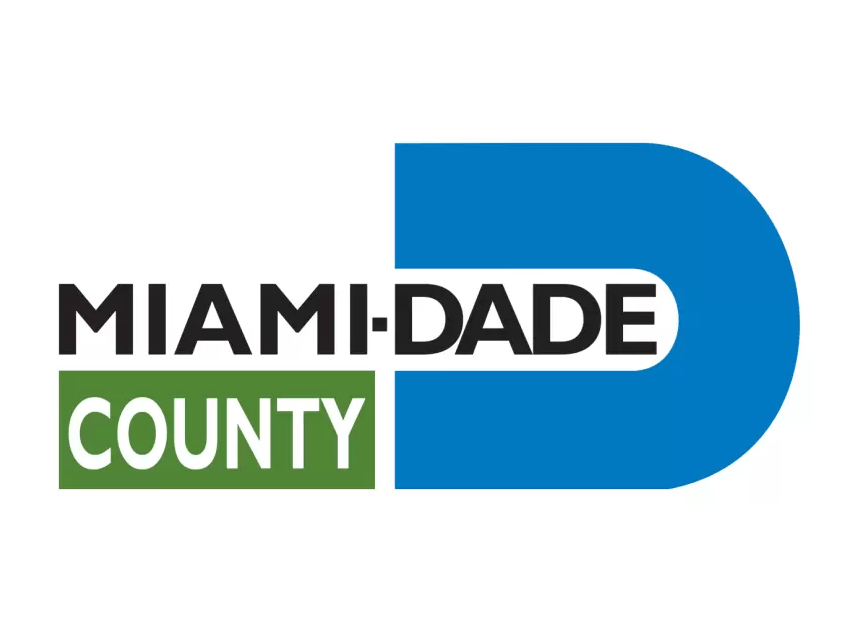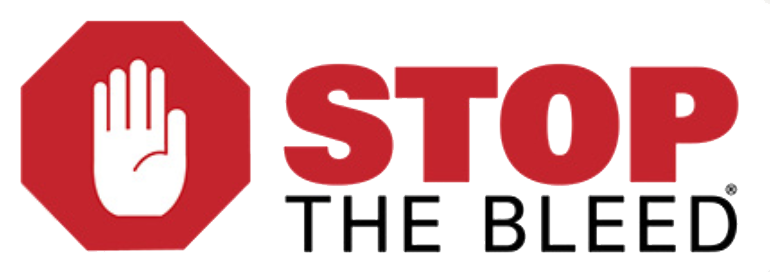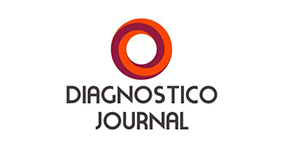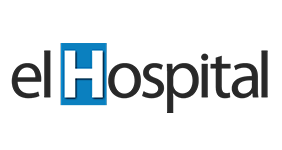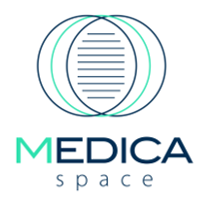Class I and Class II medical devices: defining, classifying and marketing them
One of the biggest challenges the manufacturers and/or distributors who attend the Florida International Medical Expo (FIME) face when they intend to sell medical devices in the U.S. market, is gaining FDA clearance to market their medical devices. Not only is the process lengthy and costly, but many companies do not have a clear understanding of how to go about applying for approval.
This brief serves as a quick guide for the FIME audience on how and where to submit an application, as well as information about device classification, required documentation, approval processes, and application fees, among others.
The Food and Drug Administration (FDA) is the regulatory body governing medical deviceswith a variety of enforcement tools at its disposal, such as seizure, injunction, prosecution and civil penalties.
This brief serves as a quick guide for the FIME audience on how and where to submit anapplication, as well as information about device classification, required documentation,approval processes, and application fees, among others.
A history of medical device regulation & oversight in the U.S.
1906: Pure Food and Drugs Act (sometimes also called the Federal Food and Drugs Act)
1938: Federal Food, Drug, and Cosmetic Act(FD&C Act)
1944: Public Health Service Act
1968: Radiation Control for Health and Safety Act
1976: Medical Device Amendments to the FD&C Act
1990: Safe Medical Devices Act (SMDA)
1992: Mammography Quality Standards Act (MQSA)
1997: Food and Drug Administration Modernization Act (FDAMA)
2002: Medical Device User Fee and Modernization Act (MDUFMA)
2007: Food and Drug Administration Amendments Act (FDAAA)
2012: Food and Drug Administration Safety and Innovation Act (FDASIA)
2016: 21st Century Cures Act
2017: Food and Drug Administration Reauthorization Act (FDARA)
Medical device classification
According to U.S. law, a medical device is "any article intended for use in diagnosis, cure, mitigation, treatment or prevention of disease in humans or animals".
The Food and Drug Administration (FDA) has established classifications for approximately 1,700 different generic types of devices and grouped them into 16 medical specialities referred to as panels. Each of these generic types of devices is assigned to a three-tier system, first introduced under the Medical Device Amendments of 1976, comprising three
categories:
Device class and regulatory controls:
Class I subject to General Controls (low-risk devices)
• Establishment registration
• Device listing
• 510(k) pre-market notification (many
Class I devices are exempt)
• Good Manufacturing Practices (GMP)
• Medical Device Reporting
Class II subject to general controls and special controls (modest-risk devices)
• Post-clearance requirements such as tracking and patient registries
• Performance standards
• Any other controls that the FDA deems to be appropriate
All manufacturers and/or distributors intending to sell medical devices in the U.S. market must
submit their products to the FDA for classification and must satisfy the regulatory controls
associated with the class into which the given product falls.
Device classification depends on the intended use of the device and also upon indications for
use. Furthermore, classification is risk-based, that is, the risk the device poses to the patient,
and the user is a major factor in the class it is assigned.
As indicated above, all classes of devices are subject to General Controls. General Controls are
the baseline requirements of the Food, Drug and Cosmetic (FD&C) Act that apply to all medical
devices, Class I, II, and III.
How to determine classification:
To find the classification of your device, as well as whether any exemptions may exist, you need to find the regulation number that is the classification regulation for your device.
There are two methods for accomplishing this:
- Go directly to the classification database and search for a part of the device name
- If you know the device panel (medical specialty) to which your device belongs, go directly to thelisting for that panel and identify your device and the corresponding regulation
How to locate classification regulations
Most medical devices can be classified by finding the matching description of the device in Title 21 of the Code of Federal Regulations (CFR), Parts 862-892. These specialty “panels” are found in Parts 862 through 892 in the CFR.
Medical specialty
73
74
75
76
77
78
79
80
81
82
Regulation citation
Anesthesiology Cardiovascular
Chemistry
Dental
Ear, Nose, & Throat Gastroenterology and Urology
General and Plastic Surgery
General Hospital Hematology
Immunology
Medical specialty
83
84
85
86
87
88
89
90
91
Regulation citation
Microbiology
Neurology
Obsterical & Gynecological Ophthalmic
Orthopedic
Pathology
Physical Medicine
Radiology
Taxicology
Premarket notification 510(K)
Each person who wants to market a Class I and II device intended for human use in the U.S., for which a Premarket Approval application (PMA) is not required, must submit a 510(k) to FDA unless the device is exempt from 510(k) requirements of the FD&C Act and does not exceed the limitations of exemptions in .9 of the device classification regulation chapters (e.g., 21 CFR 862.9, 21 CFR 864.9).
There is no 510(k) form; however, 21 CFR 807 Subpart E describes requirements for a 510(k) submission.
A 510(k) is a premarket submission made to FDA to demonstrate that the device to be marketed is at least as safe and effective, that is, substantially equivalent, to a legally marketed device (21 CFR 807.92(a)(3)) that is not subject to PMA.
A legally marketed device is a device that was legally marketed prior to May 28, 1976 (preamendment device), or a device which has been reclassified from Class III to Class II or I, a device which has been found safe and effective through the 510(k) process, or a device that was granted marketing authorization via the De Novo classification process under section 513(f)(2) of the FD&C Act, that is not exempt from premarket notification requirements.
Until the submitter receives an order declaring a device safe & effective, the submitter may not proceed to market the device. The safe & effective determination is usually made within 90 days and is made based on the information submitted by the submitter.
It should be noted that the FDA does not perform 510(k) pre-clearance facility inspections. The submitter may market the device immediately after 510(k) clearance is granted. The manufacturer should be prepared for an FDA quality system (21 CFR 820) inspection at any time after 510(k) clearance.
The following four categories of parties must submit a 510(k) to the FDA:
- Domestic manufacturers introducing a device to the U.S. market
- Specification developers introducing a device to the U.S. marketRepackers or relabelers who make labeling changes or whose operations significantlyaffect the device
- Foreign manufacturers/exporters or U.S. representatives of foreign manufacturers/exporters introducing a device to the U.S. market
Quality In 510(k) Review Program
The Quality in 510(k) ‘Quik’ Review Program provides an alternate method to submit a pre-market notification (510(k)) to the FDA using the eSubmitter software to format the submission. The FDA has identified a list of product codes that are eligible. The goal is for the FDA to make a final decision within 60 days of receipt of a 510(k) for an eligible device.
Exemptions
Premarket notification 510(K) exemptions
Certain Class I and Class II devices are exempt from 510(k) requirements as well as the Medical Device Good Manufacturing Practices (GMPs), also referred to as the Quality System (QS) Regulation.
A Class I or Class II device that is exempt from 510(k) requirements must still comply with other requirements (known as regulatory controls) unless the device is explicitly exempt from those requirements as indicated in the regulation for that device type.
Anyone can determine whether a device is exempt from 510(k) or GMP requirements by searching the FDA’s Product Classification database.
Most Class I and some Class II devices are exempt from 510(k) requirements, subject to certain limitations (see sections 510(l) and 510(m) of the FD&C Act. A device may be exempt from 510(k) requirements if the FDA determines that a 510(k) is not required to provide reasonable assurance of safety & effectiveness for the device.
Devices which may be exempt from 510(k) requirements are:
- Preamendments devices
- Class I and Class II devices specifically exempted by the FDA.
The term “preamendments device” refers to a device legally marketed in the U.S. before the
enactment of the Medical Device Amendments on May 28, 1976, and that has not been:
- Significantly changed or modified since then for which the FDA has not determined a PMA application is needed to provide reasonable assurance of the device’s safety & effectiveness.
A listing of Class I and Class II devices exempt from 510(k) requirements is available on theMedical Device Exemptions 510(k) and GMP Requirements website. General limitations tothe exemptions are found in Title 21 of the Code of Federal Regulations (CFR) in sections862.9 through 892.9. Additionally, the FDA may partially limit the exemption from 510(k)requirements to specific devices within a classification regulation. It is important to confirm adevice’s 510(k) exemption status and any limitations that may apply.
Other helpful resources include 21 CFR 862-892, the Product Classification database andthe FDA’s prior exemption announcements published in the Federal Register (for example,FDA-2017-N-1129). The Division of Industry and Consumer Education (DICE) within theFDA’s Center for Devices and Radiological Health can also help you identify the appropriaterequirements for your device.
Quality System Regulation/Good Manufacturing Practices Exemptions
All medical devices are subject to the Quality System Regulation (21 CFR 820), also referred to as the “Current Good Manufacturing Practices” or “Good Manufacturing Practices,” unless there is an exception or exemption noted in 21 CFR 820. Regardless of the Class, you should refer to the device’s specific classification regulation to confirm regulatory requirements.
Humanitarian Device Exemption
The Humanitarian Device Exemption (HDE) Program creates a new regulatory pathway for humanitarian use devices (HUD) intended for diseases or conditions that affect small (rare) populations in the U.S. The regulation provides for the submission of a humanitarian device exemption (HDE) application, which is similar in both form and content to a PMA application but is exempt from the effectiveness requirements of a PMA.
An approved HDE authorizes marketing of the HUD. However, a HUD may only be used in facilities that have established a local institutional review board (IRB) to supervise clinical testing of devices and after an IRB has approved the use of the device to treat or diagnose the specific disease. The labelling for a HUD must state that the device is a humanitarian use device and that, although the device is authorized by Federal Law, the effectiveness of the device for the specific indication has not been demonstrated.
Recent updates to exemptions
In July 2019, the FDA finalized a list of 1,003 types of class II medical devices that the agency believes do not present risks that require premarket notification review to provide a reasonable assurance of safety and effectiveness. The FDA also previously identified more than 70 class I devices that are now exempt from 510(k) requirements.
However, the FDA also noted that device types exempt from 510(k)s “are not exempt from other regulatory controls, unless such exemption is explicitly provided by order or regulation.”
For the complete final list of devices exempted, see FDA’s Federal Register notice.
Medical device reporting (MDR)
On November 8, 2016, the FDA issued the long-awaited final guidance, “Medical Device Reporting for Manufacturers. The final guidance addresses medical device reporting and recordkeeping requirements for device-related adverse events and certain types of device malfunctions. The guidance supersedes the 2013 draft guidance, as well as the 1997 MDR guidance document.
The final guidance provides clarification on several key issues related to MDR by breaking them down into a question and answer format and including helpful examples to make clear their position. Some areas highlighted by the FDA as key issues are:
- When a firm “becomes aware” that an MDR reportable event has occurred
- MDR submission rules involving a marketed device studied under an investigational device
exemption (IDE) - MDR submission rules involving adverse events that occur outside the U.S.
- Exemption request process for MDR reporting for a contract manufacturer
- Clarification of the submission of 5-day reports and remedial actions
- Clarification on the 2-year presumption for reportable malfunctions.
Now that the final guidance document has been published, manufacturers of medical devices may need to review and revise their reporting procedures where necessary.
Medical device user fees
The federal law authorizes the FDA to charge a fee for a medical device product review. Under the user fee system, medical device companies pay fees to the FDA when they register their establishments and list their devices with the agency, whenever they submit an application or a notification to market a new medical device in the U.S. and for certain other types of submissions.
The fees for the fiscal year 2020 (October 1, 2019, through September 30, 2020) are as follows:
Application type
- 510(K)‡
- 513(g)
- PMA, PDP, PMR, BLA
- De Novo classification request
- Panel-track supplement
- 180-day supplement
- Real-time supplement
- BLA efficacy supplement
- 30-day notice
- Annual fee for periodic reporting on a class IIII device (PMAs, PDFs, and PMRs)
Regulation citation
$11,594
$4,603
$340,995
$102,299
$255,747
$51,149
$23,870
$340,995
$5,456
$11,935
Small Business Fee +
$2,899
$2,302
$85,249
$25,575
$63,937
$12,787
$5,968
$85,249
$2,728
$2,984
+ For small businesses with an approved SBD.
‡ Note: all types of 510(k)s (Traditional, Abbreviated, and Special) are subject to the user fee. However, there is no user fee for 510(k)s submitted to the FDA on behalf of an FDA-accredited third-party reviewer.
For more detailed information about medical device classification & marketing in the U.S., visit www.fda.gov
Reference list:
https://www.fda.gov/medical-devices
https://www.fda.gov/medical-devices/device-advice-comprehensive-regulatory-assistance
https://www.fda.gov/medical-devices/overview-device-regulation/classify-your-medical-device
https://www.fda.gov/medical-devices/classify-your-medical-device/class-i-ii-exemptions
https://www.fda.gov/medical-devices/medical-device-safety
https://www.fda.gov/industry/fda-user-fee-programs/medical-device-user-fee-amendments-mdufa
https://bbacro.com/new-fda-guidance-medical-device-reporting-manufacturers/
https://www.raps.org/regulatory-focus%E2%84%A2/news-articles/2017/7/fda-finalizes-list-of-1,003-classii-device-types-exempt-from-510(k)-requirements
